8 seed sowing mistakes that can impact germination and kill your seedlings, according to experts
Avoid these errors or you could kill your seedlings before they've had a chance to start growing properly

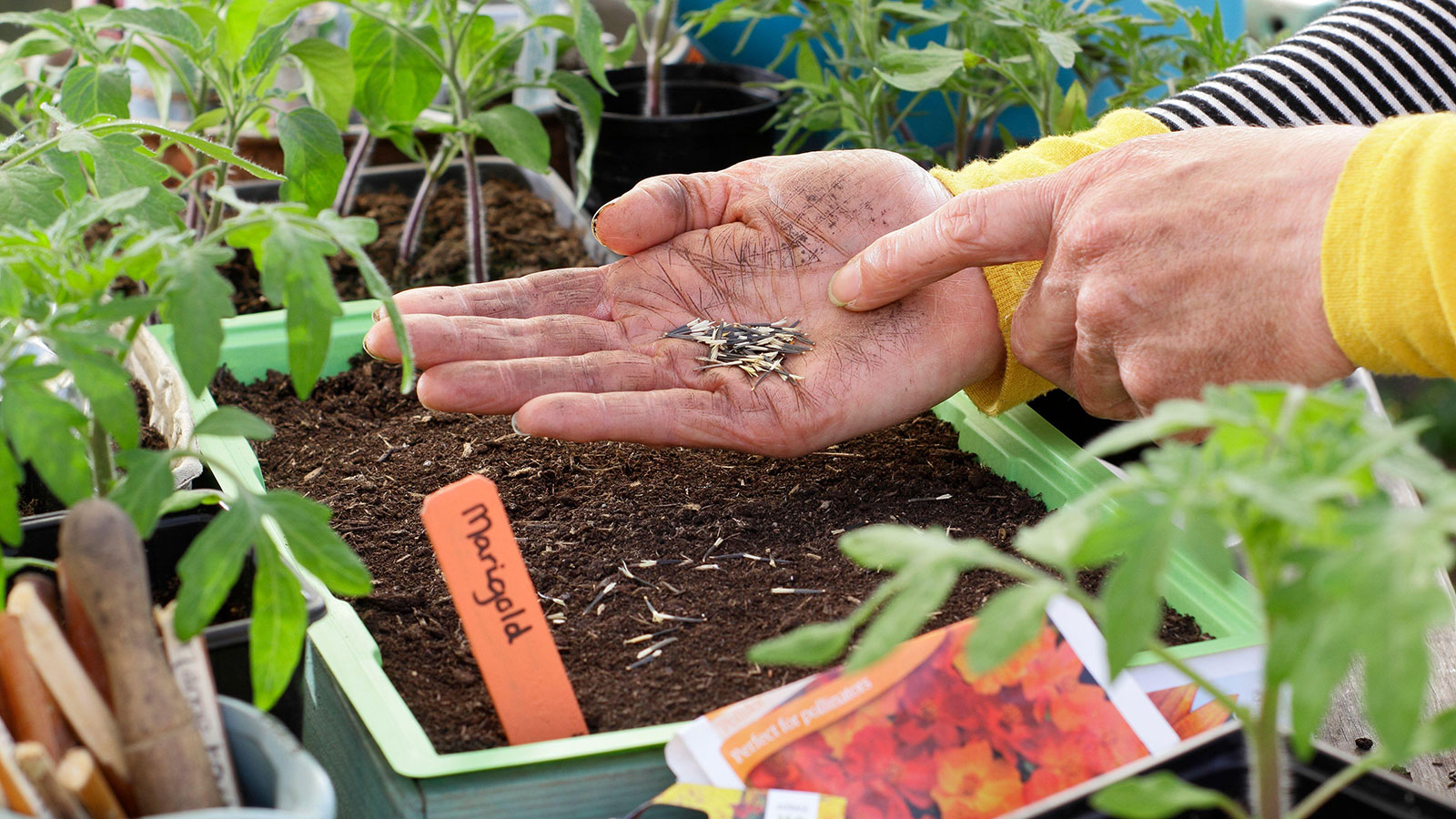
If you want to grow strong and healthy plants at a fraction of the cost of mature plants, seed sowing is your answer. Seed sowing gives you meticulous control over how your plants grow. It also allows you to adapt them to the right environment early on for strong long-term growth.
But, with this control comes the potential for mistakes. These eight common errors can inhibit germination or kill your seedlings before you move them from their trays, shortening your growing season before it even starts up.
If you want to ensure you have a plentiful supply of plants for your seasonal flower bed ideas or crops to add to your kitchen garden, it pays to avoid these simple seed sowing mistakes.
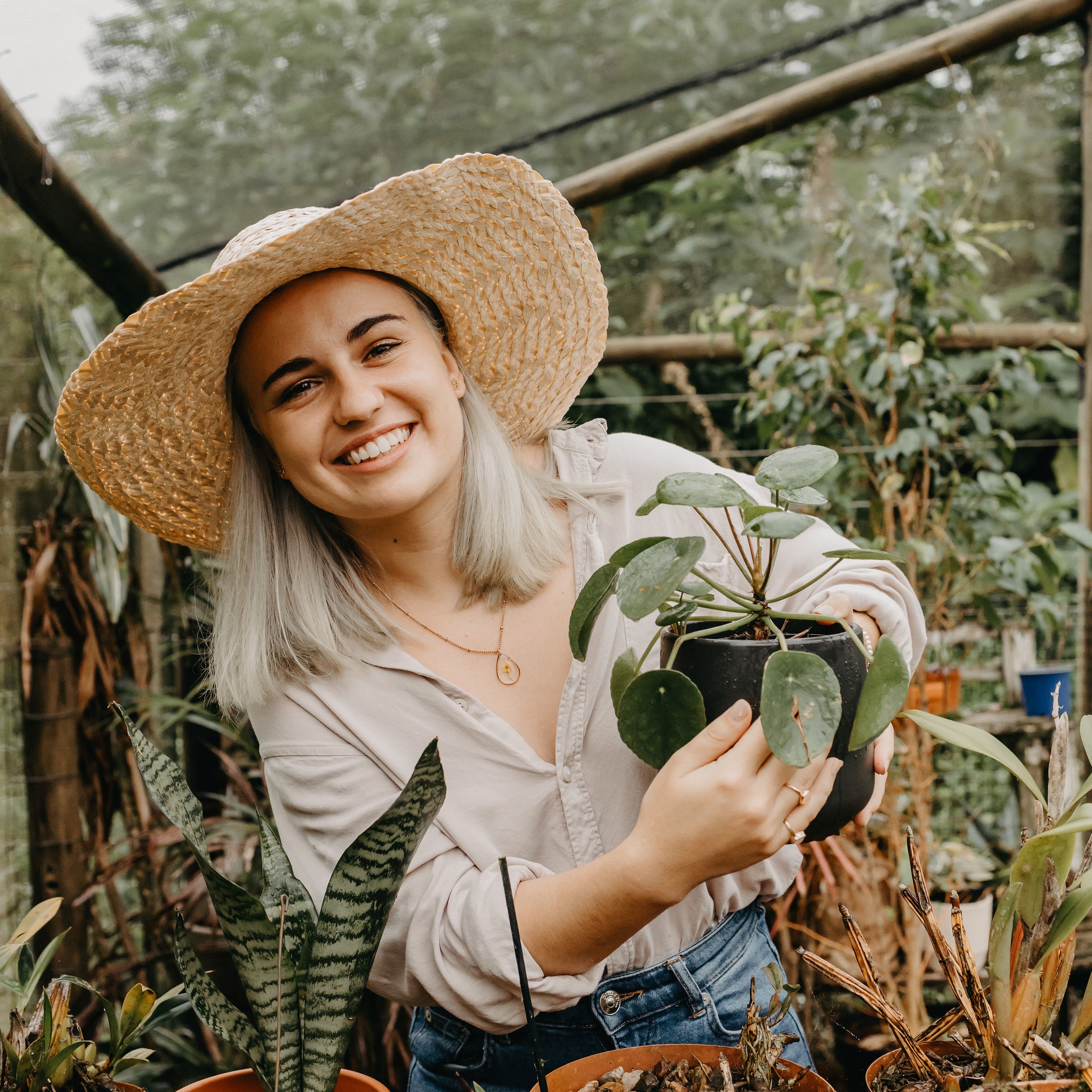
Madison has turned her years-long passion for plants into a career writing for both digital and print publications. She covers everything from trends to general plant care advice, all while caring for her own ever-growing plant collection. She is a huge fan of sowing seeds as an inexpensive way to get more plants, and has quickly learned there are a few key mistakes that it's always best to avoid.
Common seed sowing mistakes to avoid
Getting the timing and method right for sowing seeds is key for success. Planting too early, too deep or in the wrong type of soil can all have an impact on how well your plants and crops will grow.
Avoid these eight common mistakes and you'll be giving your seeds the best chance of successfully germinating.
1. Sowing seeds at the wrong time
No matter how hard we try, gardeners can’t fight nature. Despite this, many gardeners attempt to sow seeds in the wrong season (or at the wrong time within the season) and simply hope for the best. Unfortunately, that typically leads to a tray full of diminished seedlings or worse, no germination at all.
The perfect time for germination depends on what you are growing, as well as the climate in your area. According to experts at the University of New Hampshire, ‘this period may range from four to 12 weeks before transplanting, depending upon the speed of germination, the rate of growth, and the cultural conditions provided.’
Design expertise in your inbox – from inspiring decorating ideas and beautiful celebrity homes to practical gardening advice and shopping round-ups.
A well-planned seed sowing schedule is important for success. If you sow seeds too early in the season, you’ll need to jump through a few hoops to keep them alive. ‘A common mistake is to sow the seeds too early and then attempt to hold seedlings back under poor light or temperature conditions. This results in tall, weak, and often stressed plants which do not perform well in the garden,' they add.
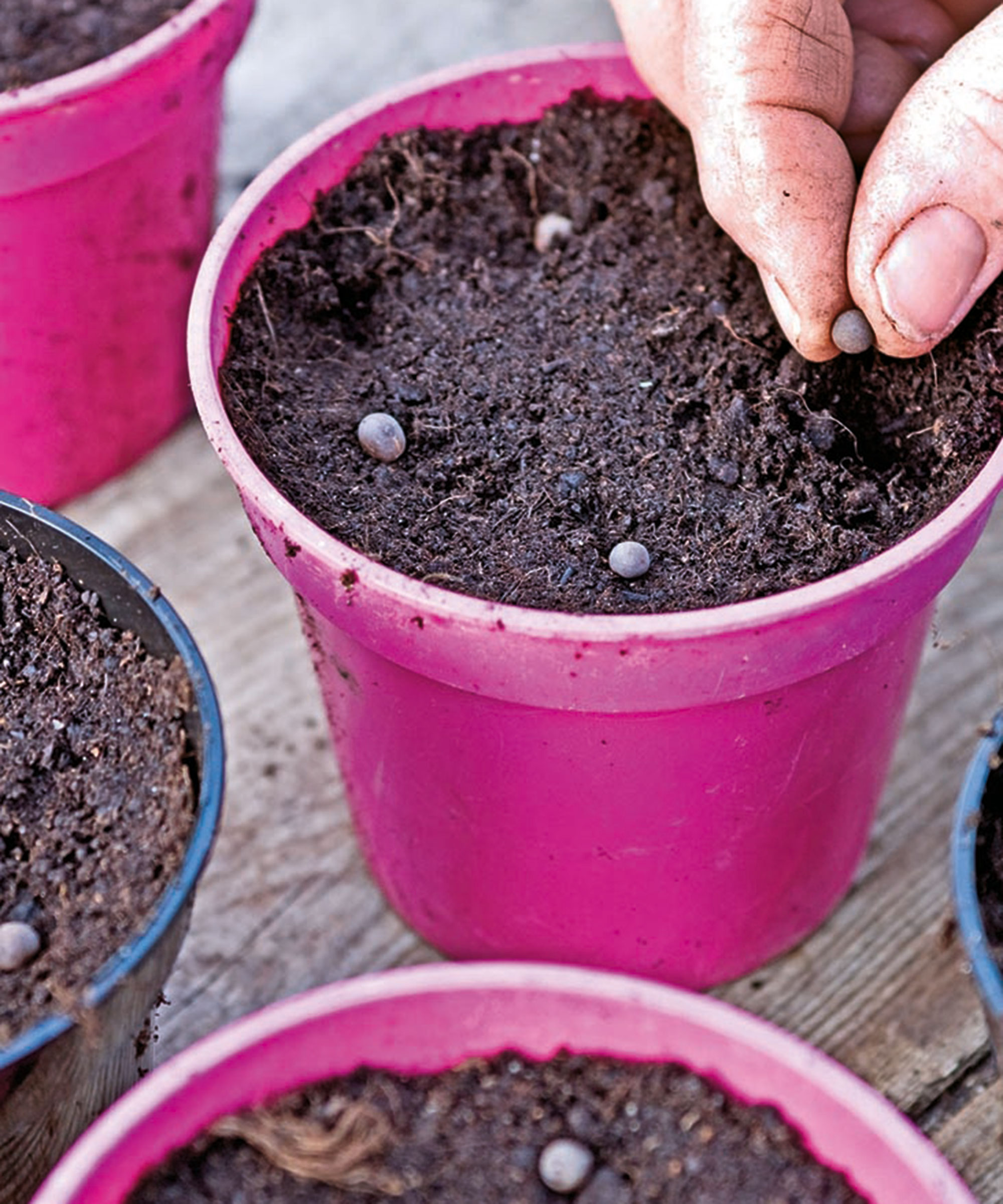
It's essential to get your timing right when sowing seeds to give them the best chance of successful germination
2. Using the wrong sowing mix
Soil has many important characteristics that support and facilitate germination. Getting this essential foundation of growth wrong can lead to several germination problems.
Luke Marion, founder of MIgardener, believes this is one of the most common and also one of the most detrimental mistakes to make when sowing seeds. ‘A lot of gardeners get this step wrong, and it messes up everything else.'
‘If it holds onto too much moisture, your plants are going to suffer from things like dampening off and root rot. If it doesn’t hold onto enough moisture, your plants are going to be drying out. And if you have too chunky a mix that hasn’t been sifted properly, you’re going to find those roots struggle to take hold in the soil.’
Using soil from the garden or even a regular potting mix is not recommended. These soil types typically don’t contain the right components for seed germination. Most seed-sowing mixes are soilless and amended with drainage materials like perlite and vermiculite to prevent rot. This seed starter premium potting mix from Amazon would be a suitable option.
3. Ignoring spacing instructions
Seed packets come with a wealth of information, giving you all the essentials you need to sow your particular seed successfully. However, many gardeners either forget to check or simply ignore this advice, including when it comes to spacing.
When you’re going to the effort of sowing your own seeds, you want to give them the strongest possible start. And, according to UK gardening expert Monty Don, one way to do this is to space seeds correctly.
‘Now as far as you can, put the seeds evenly because one of the secrets of successful seed growing is to have the seedlings growing strongly from the very beginning. It’s a mistake to think you can just scatter the seeds any old how and they’ll all sort themselves out,' he explains. 'Because that then becomes survival of the fittest and a lot of the seedlings won’t do very well.’
If you've collected seeds from flowers to sow for new plants and don't have a seed packet to check, go online and search for general guidance on how deep to sow that specific plant.

Don't plant seeds too close together as they need the required space to grow
4. Sowing seeds at the wrong depth
Another common seed sowing mistake is ignoring the planting depth advice on seed packets. Some seeds are happier with a thicker layer of protection above them, while others prefer almost no cover at all, depending on how they naturally spread in their native environments.
‘The seed has all the energy it needs to sprout into a plant when it’s at the right depth,’ says Colorado Master Gardener Gardener Scott. ‘If it's planted too deep, it sends that energy up and it might not be enough energy to break the surface.’
Scott recommends following the advice on the seed packet first and foremost. ‘A general rule of thumb is that you should put your seed twice its width deep. Pay attention to the seed package because if it says to sow lightly on the surface or cover shallowly, that means you don’t want to plant it deep at all.’
So whether you're growing delpiniums from seed or are trying to grow sweet peas from seed for the first time, make sure you take note of the seed packet instructions if you want your seedlings to flourish.
5. Forgetting to mark your seeds
When you’re sowing different seeds at the same time or within the same seedling tray, it’s easy to forget what you’ve planted almost immediately. Despite assuring yourself you’ll remember exactly what seeds were sown where, when you come back to check on your trays, you likely will have forgotten.
Knowing what you are growing from the start is vital in plant care. There are different requirements between species, and often between cultivars, that need to be followed for the strongest possible plants.
Permaculture designer and homesteader Kaylee Vaughn (@rootedrevivalhomestead) also finds tracking progress helpful for long-term performance in the garden, especially if you are likely to be planting a new flower bed. Knowing which seeds perform well in your space and which don’t, or tracking mistakes you may have made, help you decide what to do the following year. ‘It’s so important to mark down what you’re planting. These are all really great records to have,’ says Kaylee.
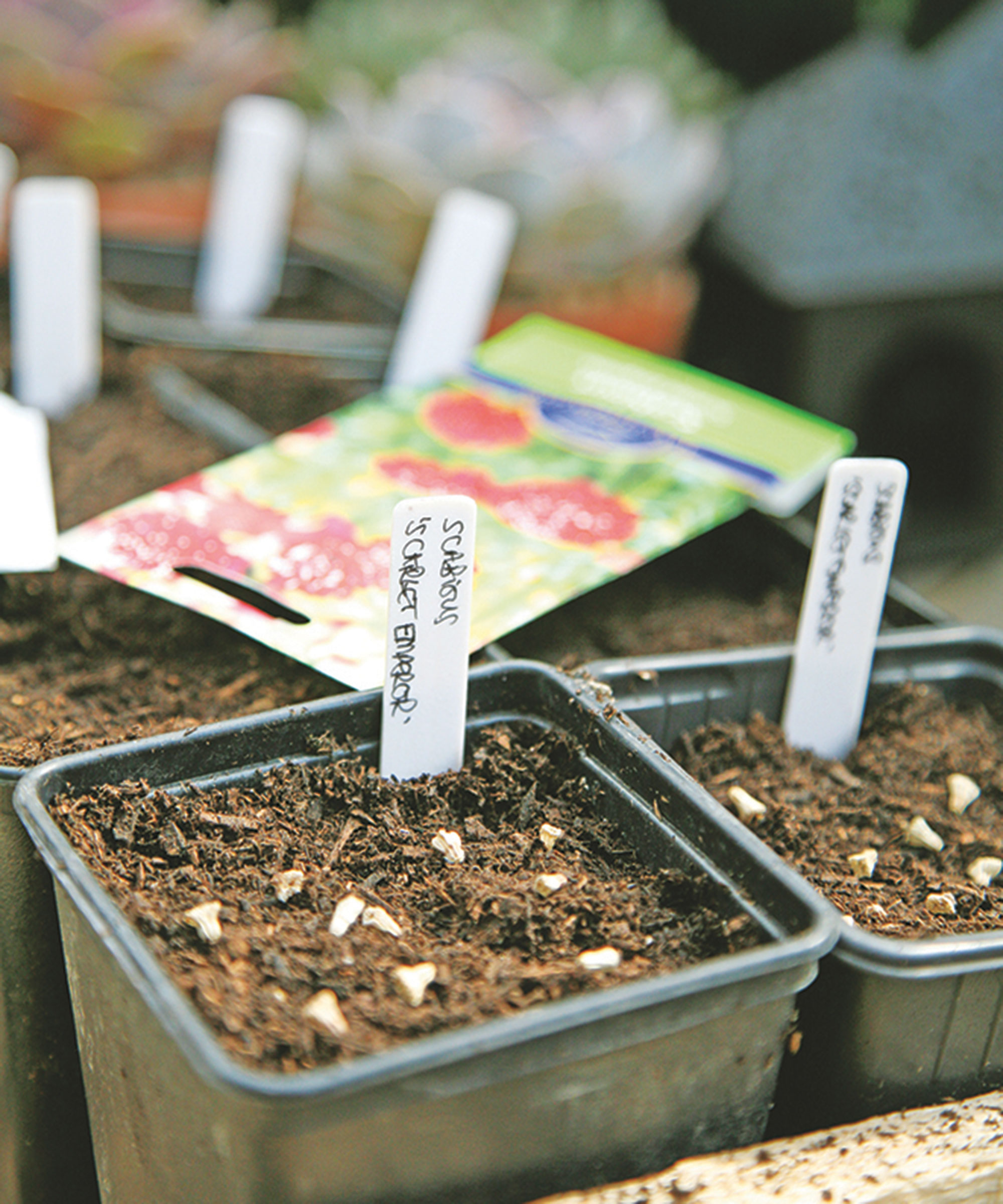
Keep your seeds clearly labeled so you know what is growing in each pot
6. Watering your seeds too much
I can’t count how many times I’ve discussed the dangers of overwatering with gardeners, particularly new gardeners stressed about providing the right care.
These same dangers apply when sowing seeds. Seeds do require moisture to germinate, but that doesn’t mean soil should be overly wet. Soggy soil limits airflow around the roots and leads to fungal growth that will kill off your seedlings before you can plant them out.
‘Too much water causes a fungal condition known as dampening off, where seedlings rot at the soil level and die. Let the soil surface dry a bit before watering. It’s much better to be a little dry than too wet,’ says Idaho Master Gardener Candace Godwin.
7. Not providing enough light for your seeds
One of the greatest benefits of starting plants from seed is that you have more control over their growth, allowing you to nurture the strongest possible seedlings for your garden environment. Part of this control is managing light levels.
In colder climates, many gardeners place their trays indoors in front of a sunny window. Unfortunately, that can end up doing more harm than good according to garden teacher from The Gardener’s Workshop Lisa Mason Ziegler.
‘First off, not only is that the coldest place in your house, but there’s not enough light. Plants that are elongating, stretching and getting yellow are stretching for light.’
Lisa recommends using grow lights when sowing indoors to ensure young seedlings have the perfect conditions for growth. ‘Grow lights are the icing on the cake to grow really healthy, happy transplants.’
You can buy a basic indoor grow light like this one on Amazon for under $25.
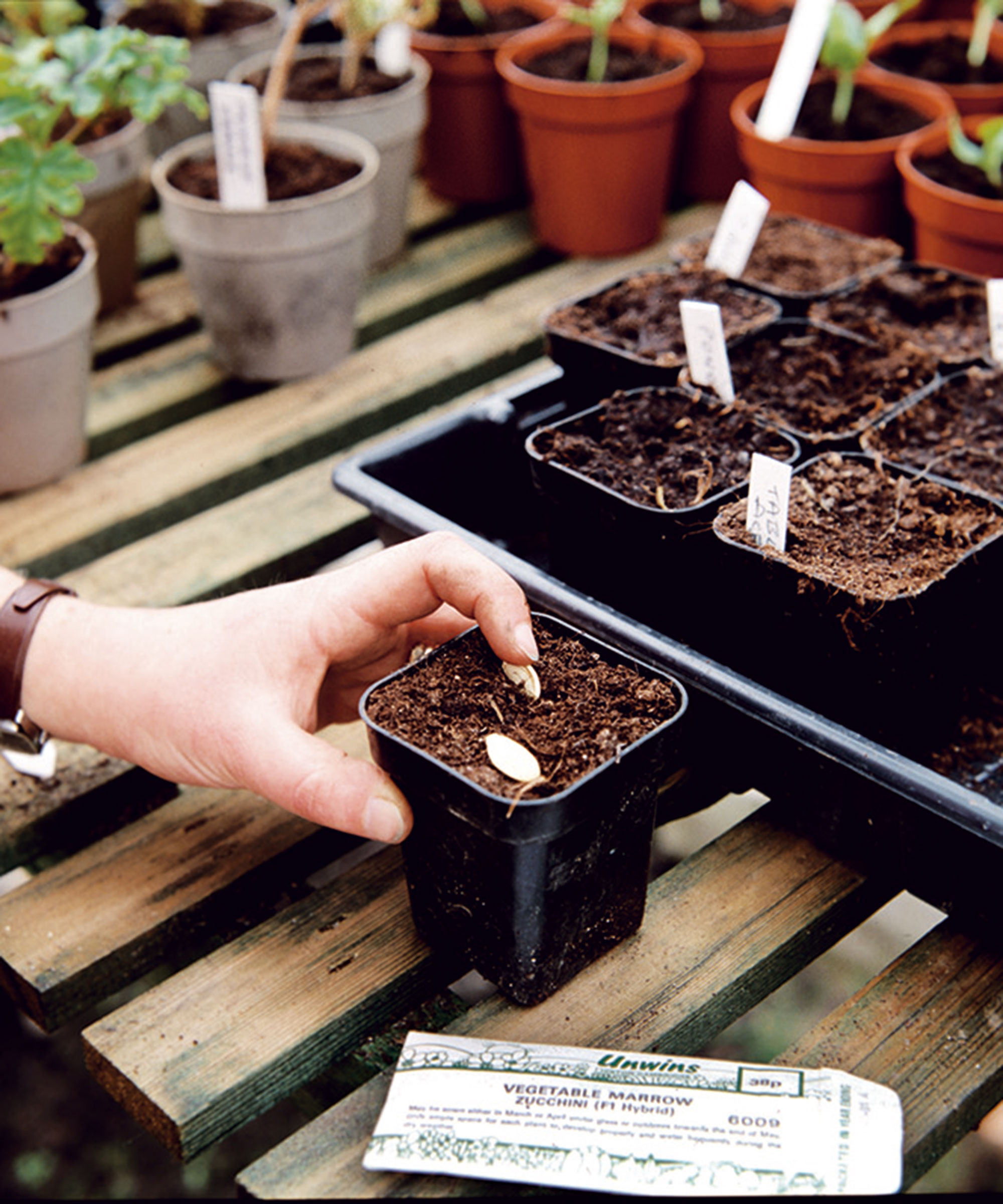
Seedlings will need plenty of light to help them grow
8. Rushing to plant outdoors
If you’ve got through the sowing stage without any hiccups, don’t think you’re out of the woods just yet. Seedlings need to adapt to outdoor conditions before they can be permanently moved outdoors to your flower beds, container garden or kitchen garden.
This process is known as hardening off. It is designed to limit issues with transplant shock that can affect the growth and establishment of your seedlings. Although it may take some extra patience at a time when you’re itching to get your seedlings in the garden, this is a step that can’t be skipped, especially if you are likely to experience any late frosts in your growing zone.
Homesteader Melissa K Norris starts moving her trays outdoors for around two hours a day in a sheltered spot. Over the next week, that increases by an hour each day until the plants are ready for transplanting. ‘By the last four days of the hardening off schedule, I'll place the plants where I'll be planting them, which is in direct sunlight and without any wind protection’.
FAQs
What causes seed failure?
There are several factors that can lead to seed failure, from the viability of the seeds themselves to errors in care. Incorrect watering is one of the most common causes, but not the only one. Incorrect seed storage, lack of light and ignoring the instructions on seed packets can all inhibit germination.
Does a seed sink or float if it’s good?
Floating seeds in water is a commonly recommended test of seed viability. According to the test, seeds that sink in water are viable and seeds that float are no longer viable. However, it’s important to note that this test is not 100% reliable. It is suggested as a general guideline rather than a guaranteed test.

Madison is a garden writer and editor, covering all things outdoors and lifestyle. After completing a BA in History and Political Science, she transformed her years-long passion for plants into a career writing for both digital and print publications. As garden editor of several print titles, Madison focuses on trends and developments in the continuously expanding gardening industry. When not typing away at her desk, she tends to her ever-growing houseplant collection and travels frequently, photographing and reporting on gardens around the world.